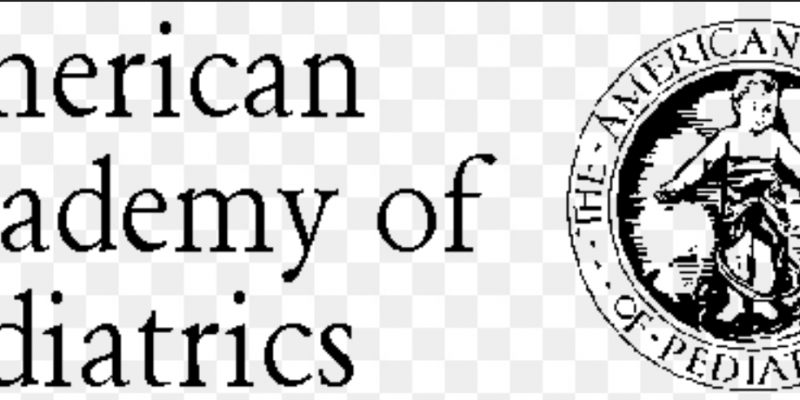America’s pediatricians say U.S. schools need to reopen to in-person classes.
“Absolutely reopen schools,” five out of five pediatricians around the country told NBC News Dr. John Torres, pointing to reports that younger students do not transmit the coronavirus and only 2 percent have contracted the disease.
“The five doctors we spoke to agreed: the benefits of being in the classroom far outweigh the risk of disease,” Torres said.
Their views supported claims made by the American Academy of Pediatricians, which has urged local governments to reopen schools this fall.
“The importance of in-person learning is well-documented, and there is already evidence of the negative impacts on children because of school closures in the spring of 2020,” the AAP said in a statement.
The academy’s advice comes as many teachers’ unions and school districts across the country are pushing back against reopening schools.
The Los Angeles and San Diego schools districts announced Monday that the new school year will begin with online learning only.
AAP president Dr. Sally Goza said at a White House summit on Safely Reopening America’s Schools that, “Our shared goal should be to have students physically present in school this fall if at all possible. Missing school has lasting effects on children.”
More than $13 billion from the CARES Act has been dedicated to helping K-12 students enrolled in public, charter and private schools impacted by the coronavirus. Through the Treasury Department’s $150 billion Coronavirus Relief Fund, state and local governments have been announcing funding amounts distributed to helping their local school districts.
Long periods away from school, the AAP says, interrupts support services for children and often results in social isolation. These factors make it “difficult for schools to identify and address important learning deficits as well as child and adolescent physical or sexual abuse, substance use, depression, and suicidal ideation,” they add. “This, in turn, places children and adolescents at considerable risk.”
“Our country has got to get back, and it’s got to get back as soon as possible,” President Donald Trump said. “And I don’t consider our country coming back if the schools are closed.”
The president has held dialogues with state, local and tribal leaders, educators, and families on the reopening of schools in a safe way.
Research has shown that school closures disproportionately affect the most vulnerable students, widening disparities in achievement and harming economic potential, the White House says. Lengthy time away from schools – and associated interruptions in supportive services – make it difficult for schools to best serve their students’ well-being.
National Education Association President Lily Eskelsen Garcia criticized the president’s plan to reopen schools without an additional $116.5 billion in federal bailout money proposed by the Democrats’ HEROES Act. In addition to money states have already received through the CARES Act, without this additional money, the NEA argues, schools cannot safely reopen.
The Centers for Disease Control (CDC) issued guidance for schools reopening, which Trump says he disagrees with, saying they are “very tough and expensive guidelines for opening schools.”
The president tweeted that while the CDC wants schools to reopen, it is “asking schools to do very impractical things. I will be meeting with them!!!”
According to preliminary CDC descriptions of U.S. pediatric COVID-19 cases, relatively few children with COVID-19 are hospitalized, and fewer children than adults experience fever, cough or shortness of breath.
The CDC analyzed data from 149,760 laboratory-confirmed COVID-19 cases in the U.S. occurring between Feb. 12 and April 2, 2020. Among 149,082 (99.6 percent) reported cases for which age was known, 2,572 (1.7 percent) were among children under age 18.
Among those with available information, 73 percent of pediatric patients had symptoms of fever or cough; 5.7 percent of all pediatric patients were hospitalized, or 20 percent of those for whom hospitalization status was known. Both percentages were far lower than those among adults.
Among all 2,572 COVID-19 cases in children under age 18, the median age was 11. Nearly one third of reported pediatric cases (813; 32 percent) occurred in children ages 15 to 17, followed by children between the ages of 10 to 14 (682; 27 percent). Among younger children, 398 (15 percent) occurred in children under age one, 291 (11 percent) in children between the ages of 1 and 4 years old, and 388 (15 percent) in children aged 5 to 9 years old.
On Friday, the CDC reported that coronavirus deaths in the U.S. have nearly reached a level where it will no longer qualify as an epidemic under Centers for Disease Control and Prevention rules.
The rules define a disease outbreak as an “epidemic” if the number of deaths attributable to the disease exceeds a certain percentage of total deaths per week. The threshold for pneumonia, influenza and COVID-19 fluctuates depending on the time of year, the CDC says.
Advertisement
Advertisement

